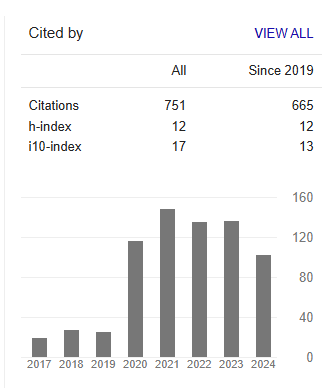Increment of Fault Current due to integration of Distributed Generation and its impact on Distribution Network protection
Abstract
Haymanot Takele
One of the new technologies in generating power near the distribution system is called distributed generation which has supportive and destructive characteristics to the power system protection. One of the destructive characteristics of distributed generation is increasing the level of fault current to the protective equipment of the power system that affects the existing time intermission coordination of the protective overcurrent relay. In addition to increment of fault, it also alters the radial nature of the power distribution system and cause the power bidirectional rather than unidirectional. Integration of distributed generation to the distribution network causes increment of fault current effect, reliability drop, and affects security of protection system. The level of failure of protection be contingent on type, size, location and number of distributed generation. This fault current can cause a great damage to the electrical equipment with the miss operations of protective devices. The main aim of this paper is analysis of the fault current level to the protection of distribution network due to the integration of distributed generation which concerns on solar distributed generation, wind distributed generation and combination of solar and wind distributed generations at a time. This paper conducts the increment of fault current by the integration of distributed generation to the distribution system and its impact on distribution network protection. The analysis and the modeling are conducted on the 15KV distribution network of the radial feeder in Debre Markos town. This paper has covered the ling to ground, line to line and three phase fault analysis and their impact on the protection of distribution system for the wind and solar distributed generation types. After the integration of the distributed generation the fault current is increased by 0.529KA for three phase, 0.74KA for line to ground, 0.467KA for line to line and 0.523KA for line to line to ground. This paper confirms designing distribution network without forecasting the future demand of electric power users give the protection equipment additional requirement. As the result, the fault current after the integration of distributed generation to the distribution network have great value in terms of power system protection.



